| description |
A distinctive, greenish species with heavy pits all over the body and a flattened head. This is the smallest member of this genus with a shorter head than most other Xerophloea. The pronotum is about twice as long as the length of the head. Males have black and gray on much of the pronotum, a black longitudinal line on the head, and some black marks down the center of the back. Females are entirely green. The head profile is horizontal, with the head held straight out rather than slowing downwards. Adult males are 5.1-5.9 mm long, females are 5.7-6.3 mm. (Nielson, 1961)
Some individuals can be a vibrant pink color; this seems to be a very uncommon color form among species of Xerophloea.
Nymphs are green, showing the characteristic head shape of the adults. Young instars can have some sparse black speckling on the body, only to seemingly lose this in the fourth instar and then regain it more boldly in the fifth instar. For a nice set of images showing the progression from third instar to adult, see: BG.
|
Species Photo Gallery for Xerophloea viridis No Common Name |
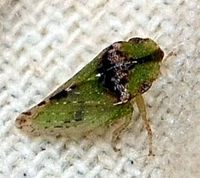 | Photo by: Paul Scharf
Warren Co.
Comment: Caught sweeping cut grass | 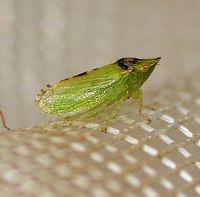 | Photo by: Paul Scharf
Warren Co.
Comment: Caught sweeping cut grass |
 | Photo by: Paul Scharf
Warren Co.
Comment: Caught sweeping cut grass |  | Photo by: Kyle Kittelberger, Brian Bockhahn
Washington Co.
Comment: open forest habitat; female |
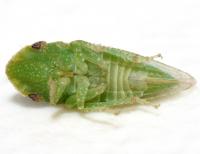 | Photo by: Kyle Kittelberger, Brian Bockhahn
Cumberland Co.
Comment: female | 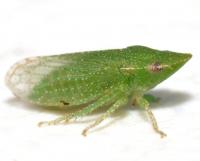 | Photo by: Kyle Kittelberger, Brian Bockhahn
Cumberland Co.
Comment: female |
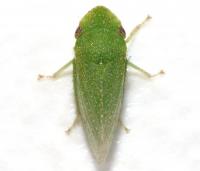 | Photo by: Kyle Kittelberger, Brian Bockhahn
Cumberland Co.
Comment: female | 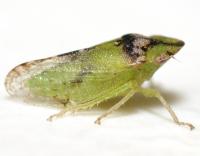 | Photo by: Kyle Kittelberger, Brian Bockhahn, Paul Scharf
New Hanover Co.
Comment: near a marsh; male |
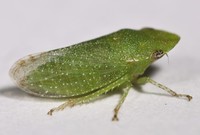 | Photo by: Rob Van Epps
Mecklenburg Co.
Comment: Caught sweeping in a weedy field. | 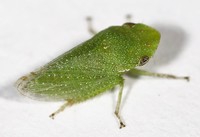 | Photo by: Rob Van Epps
Mecklenburg Co.
Comment: Caught sweeping in a weedy field. |
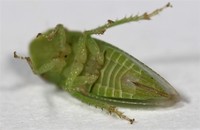 | Photo by: Rob Van Epps
Mecklenburg Co.
Comment: Caught sweeping in a weedy field. | 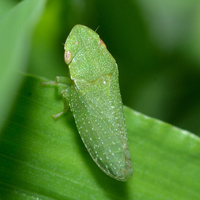 | Photo by: Margarita Lankford
Orange Co.
Comment: https://www.inaturalist.org/observations/55446155 |
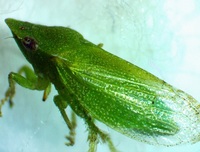 | Photo by: Ken Kneidel
Mecklenburg Co.
Comment: 5.7 mm, sitting on cement ledge at forest edge |  | Photo by: Ken Kneidel
Mecklenburg Co.
Comment: 5.7 mm, sitting on cement ledge at forest edge |
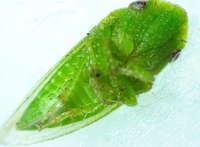 | Photo by: Ken Kneidel
Mecklenburg Co.
Comment: 5.7 mm, sitting on cement ledge at forest edge | 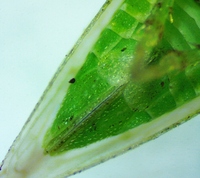 | Photo by: Ken Kneidel
Mecklenburg Co.
Comment: 5.7 mm, sitting on cement ledge at forest edge |
 | Photo by: Erich Hofmann and Kayla Weinfurther
New Hanover Co.
Comment: attracted to outdoor building lights |  | Photo by: Erich Hofmann and Kayla Weinfurther
New Hanover Co.
Comment: Found recently captured in spider web. |
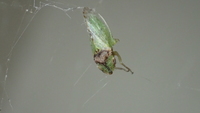 | Photo by: Erich Hofmann and Kayla Weinfurther
New Hanover Co.
Comment: Found recently captured in spider web. | 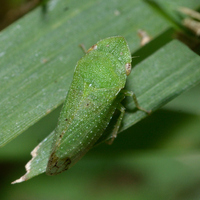 | Photo by: Margarita Lankford
Orange Co.
Comment: https://www.inaturalist.org/observations/132474891 |
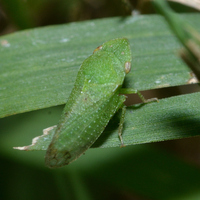 | Photo by: Margarita Lankford
Orange Co.
Comment: https://www.inaturalist.org/observations/132474891 | 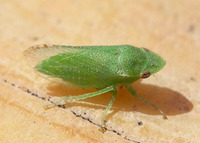 | Photo by: R. Newman
Carteret Co.
Comment: FOMA |
 | Photo by: Ken Kneidel
Mecklenburg Co.
Comment: 5.4 mm male, caught while sweeping white clover in an athletic field |  | Photo by: Ken Kneidel
Mecklenburg Co.
Comment: 5.4 mm male, caught while sweeping white clover in an athletic field |
 | Photo by: Ken Kneidel
Mecklenburg Co.
Comment: 5.4 mm male, caught while sweeping white clover in an athletic field |  | Photo by: Rob Van Epps
Mecklenburg Co.
Comment: |
 | Photo by: Rob Van Epps
Mecklenburg Co.
Comment: Caught sweeping in grassy field. |

 »
»

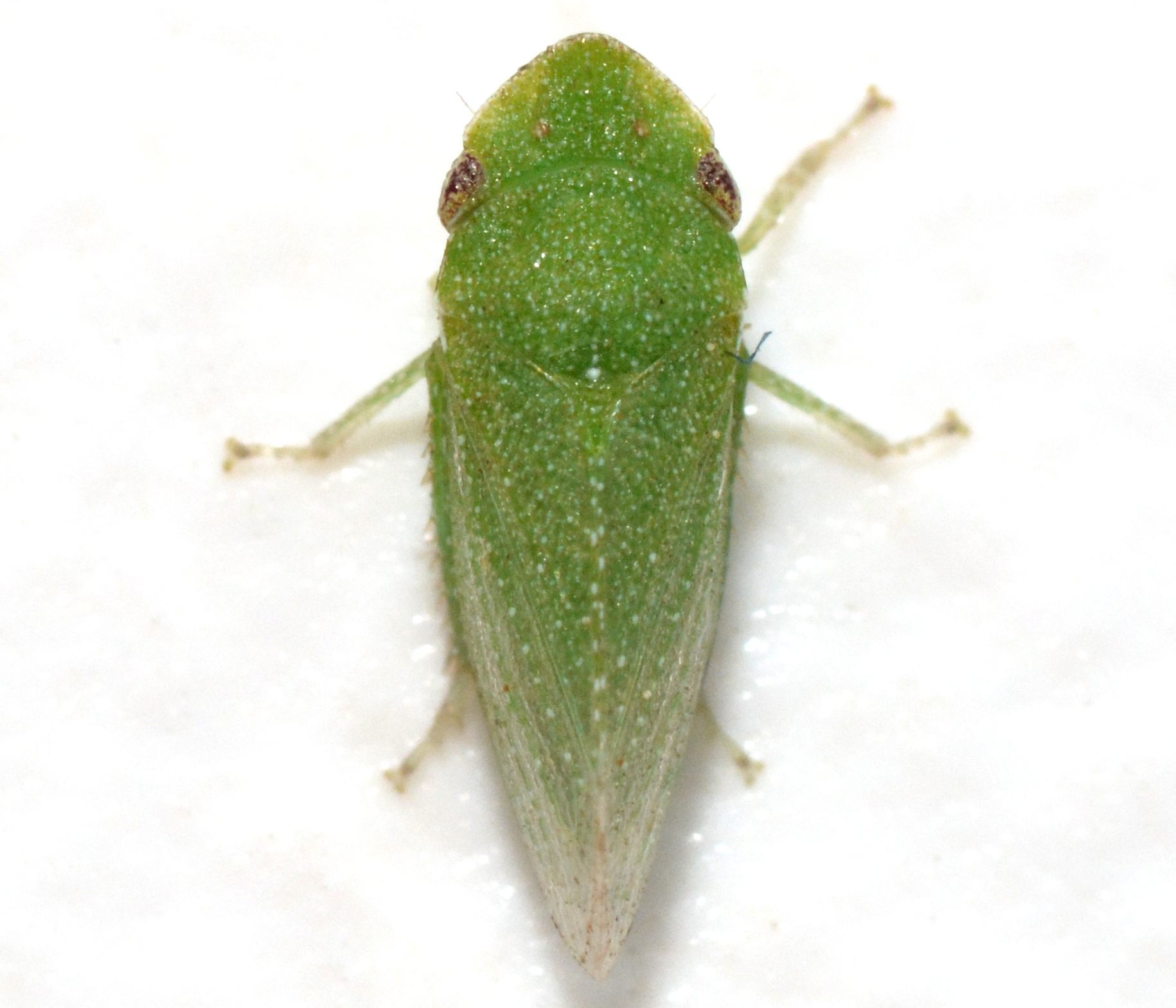

 »
»

